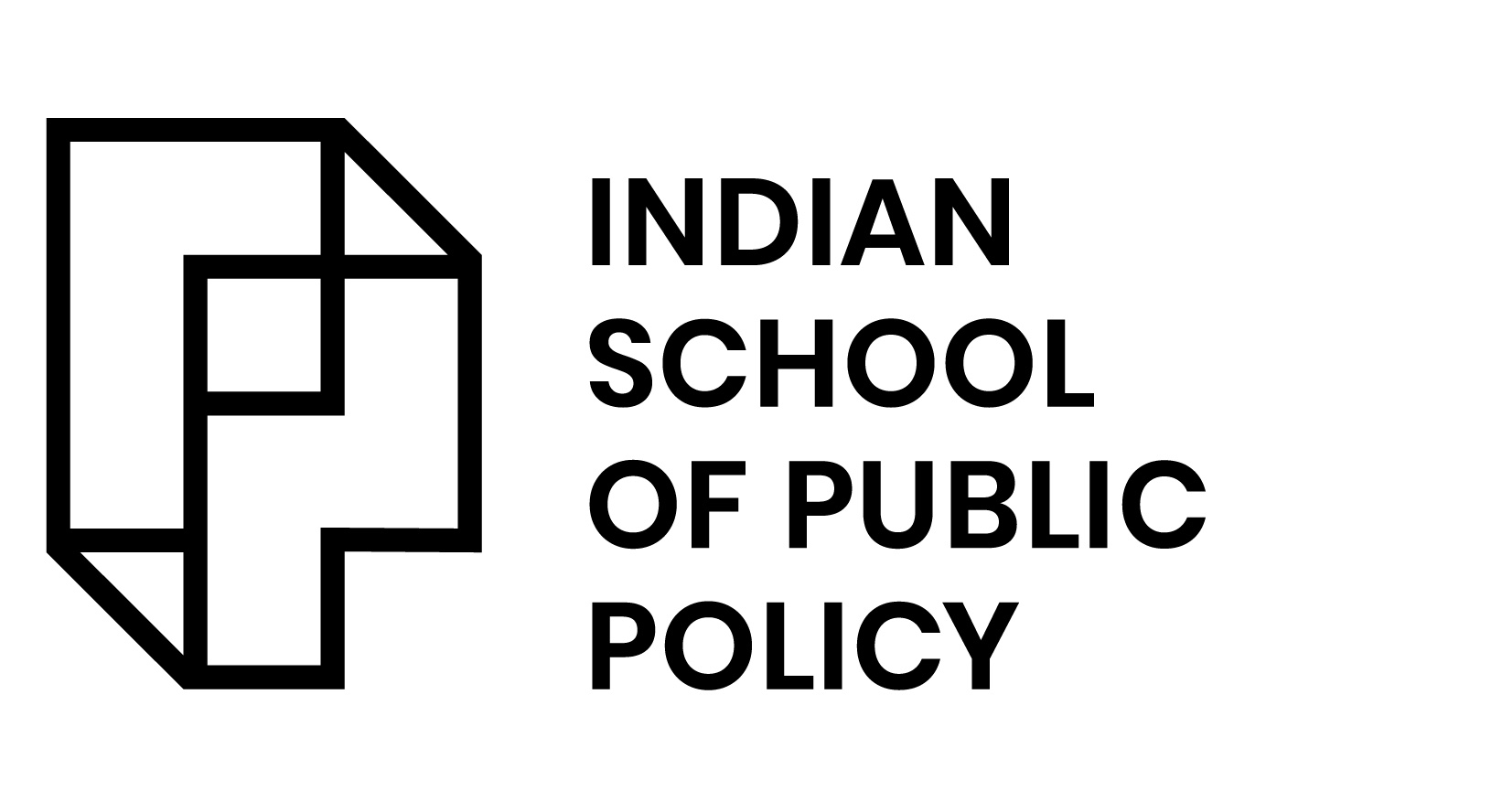
Mental health in times of increasing economic inequality

Abstract
India’s population stands at 1.38 billion. It is the second-most populated country after China. In this highly populated country, suicide is the leading cause of death among young adults aged 15-24.1 Reasons for suicide are varied- failing in an exam, women facing dowry demands from in-laws, acute poverty, drug abuse, and unemployment, etc. The various problems arising due to socio-economic inequality has led to the underdevelopment of children. This inequality later leads to less productive humans who eventually fall into acute poverty. Many students studying in schools and colleges do not get equal opportunities due to these constraints. The recent suicide attempt by a 14-year-old girl in Kerala has raised questions about India’s education system and the measures put in place to ensure student wellbeing.2 This article sheds light on the growing economic inequality and its impact on the mental health of the population. It also suggests some changes that can be put forward to bring mental stability among the masses through the medium of holistic growth, rather than just preparing the individuals to be workforce ready.
Discussion
The suicide of a 14-year-old girl has steered many discussions around the anomalies in the functioning of the education sector, as well as the policies framed for student upliftment. In May 2020, the Kerala government announced the commencement of online classes for all students /students from all grades. This was soon after the declaration by Kerala government to keep the schools shut for an indefinite period due to the outburst of Coronavirus. The lack of access to any medium through which the 14-year-old girl could have attended those classes led her to take this drastic step.
This is not about a single girl. There are many children from backward communities who do not have the privilege of attending online classes.
Looking at the Datareportal statistics3 on Digital India for the year 2020, it can be seen that 90% of the Indian population uses a Smartphone and around 62% of the population has access to either laptops or desktops. Given that only 50% (687.6 million) of the population (1.37 billion) can access the internet and only 66% of the households possess a television set in their homes, it is irresponsible on the part of policymakers to announce measures that require this access.
While on one hand, India has been doing well in terms of GDP, the chasm between communities has only increased. The mentioned case is one among many. The girl belonged to the Dalit community and her father was a daily-wage labourer. In these precarious times, they couldn’t afford to repair their broken TV. However, the problems of only a few families get highlighted by the media. Internet connectivity stands nowhere among the top priorities for struggling families for whom this becomes another barrier to accessing education.
India – A land of inequalities?
Even though the Indian economy has grown in the past several years, the benefits of growth have not been shared equally among all the segments of the country. Income inequality has been an add-on, in a country already divided along various indicators like caste, religion, and gender. According to Oxfam’s Report (2018),4 India’s top 1% own 73% of the country’s total wealth. This number has increased from the previous year’s 58%. Moreover, just around 1% of wealth lies in the accounts of the bottom 50% of India’s population.
Human Development Index (HDI)5 for India is reduced by 26.3% when inequalities in life expectancy, education and income are considered (0.477 from 0.647) for the year 2018. Inequality in education alone stands at 38.7%, which is calculated based on the inequality in the years of schooling of the adult population taken from household surveys. India’s performance is not satisfactory as described by the HDI and it gets worse when other socio-economic inequalities are accounted for.
India is among the bottom ten countries, ranked 151st out of the 157 countries, according to the Commitment to Reducing Inequality Index on spending, 2018.6 This index measures the social spending on health, education and social protection. The countries that use social spending to redistribute wealth and incomes do well on these indices whereas the countries that don’t use their resources to redistribute among the deprived section fall behind. This tells us that in spite of huge inequalities, the policies to redistribute wealth from richer to poorer are not efficient enough. India has been falling behind in terms of extracting taxable income- even after several reforms in the attempt to increase tax base, the Tax to GDP ratio stands at 9.8% for the year 2020 against the recommended ratio of 15% for developing countries according to the International Monetary Fund.
Inequality in education attainment
Human Development Index (HDI) is a summary measure that takes three dimensions into account- Ability to live a long and healthy life, being knowledgeable and having a decent standard of living. When inequalities in health and education are considered during the measurement of this index, a loss of 43% and 34% in HDI happens on account of the inequalities in education and health respectively.7
According to NSSO, the richest 5% in the urban areas spend around 29 times what 5% of the richest in rural areas spend on education. The causes of inequalities that persist in educational attainment are not limited to the household income. Social stratification plays a distinctive role. In the study conducted by Desai and Kulkarni (2008),8 it was observed that around 37% from Dalits and 44% from Adivasis never enrolled for schooling in the age-group of 24-29 among males. We see that educational success depends significantly on social classes among other factors. The socio-economic status of families determines how much help the parents would be able to provide in several dimensions, be it financial, mental support, or helping in understanding the school curricula.9
It is expected that education will bring about a necessary transformation but it has also led to a widening gap between the different social groups. A major cause behind this widening gap could be the routine problems faced by disadvantaged groups. In a study conducted by Martin Woodhead, Paul Dornan, and Helen Murray,10 the performance of children based on several indicators was assessed. It was found out that the lowest scorers belonged to families with parents who had lower educational qualifications, hailed from rural areas, were poor, and belonged to ethnic minority groups. These inequalities form a vicious circle for the disadvantaged families and hence, the children belonging to the lower socio-economic groups are not able to reach their full potential.
“Inequalities in household circumstances rapidly translate into inequalities in learning and poor children are most at the risk of falling behind.” 10
However, constructing schools and providing education is not enough to transform children’s lives. There should be more focus on reducing the dropout ratio as well. Only elementary education is free in government schools, after which families need to pay the fees out of their own pocket.
Does inequality lead to mental distress among students?
Income inequality in India as measured by the Gini Coefficient has increased from 45 in 1990 to 51 in 2013.11 Could this inequality be the cause of the rising distress among youngsters? Can we say that there is any relation between the two?
If we look at mental health statistics12, 1 in every 7 people in India reportedly had a mental disorder, which ranged from mild to severe cases. Additionally, the proportional contribution of mental health problems to the total disease burden doubled from 1990 to 2017 in India. It is also estimated that people with mental illnesses will increase from 6.5% to by 2019.
According to a study conducted on mental health problems, it was found that mental illnesses were more common in more unequal societies.13 A sample of rich countries was taken and was plotted according to the level of inequalities. It was observed that a strong and significant relationship between mental health problems and the level of inequality existed with r = .73. They termed this behavior “affluenza” Virus – defined as the set of values that make people more vulnerable to emotional distress. People in this “affluenza” Virus state give more value to possessions and recognitions and hence stay dissatisfied. Most mental health problems start before the age of 24 years in India, most likely when they are students and looking for work or working somewhere which states that this “affluenza” Virus is affecting the young population at large.
According to another study, mental disorders are significantly associated with the association to different social classes. Many unfavorable conditions, when combined, create unfavorable situations for lower socio-economic groups. Their disadvantages start from early childhood and accumulate over their lifetime. Unfavorable conditions of the family, education, work and society act as a trigger for mental disability. A study conducted on European countries stated that mental disorders are associated with the lower level of educational attainment, the disadvantage faced by them in terms of money and unemployment which further leads to impoverishment. Family conditions and parenting also have several impacts on the mental health of children. Parental mental health and an environment of positivity have a direct impact on the good health of the children. National Mental Health Survey (NMHS) data14 also reveals that mental disorders are significant in poorer and uneducated families without stable employment. The deprived segment is not able to afford the cost of mental health services when needed. Moreover, awareness regarding mental health problems is not sufficient in these segments. As per NMHS data, 2015-16, to avail mental health services, a person needs monthly out of pocket expenditure of Rs. 1000-1500 on a median level. This is a big challenge for poor households without any social security.
When only 14% of the rural population and 19% of the urban population has health expenditure coverage, it becomes a huge ordeal to get treatment for mental illnesses. Moreover, most cases of mental health problems are treated in out-patient services, where hospitalization is not required and hence, the expenditure does not get covered under the health insurances.15
As observed, social inequalities and unfavorable conditions impact the holistic development of an individual.16 The inequality gap in the country, along with mental health problems, is increasing over time. Unhappy families have been observed to breed unhappy children. If the children have faced more challenging situations in life, it leads to more chances of their disturbed mental health which in turn makes their performance in studies poor. In the age group of 13-17 years, around 7.3% are suffering from some kind of mental illness. Also, the prevalence is more in urban areas (13.5%) than in rural areas (6.9%). The most common problem found among these studies is that of depressive episodes. These episodes have been aggravated due to the onset of COVID-19 leading people to feel lonelier, feel more fearful of the uncertainties brought up by indefinite closure of schools or increased unemployment caused by lockdown
Recommendations
Amidst the increasing number of problems related to inequality and mental health, it becomes essential to take care of the people belonging to lower socio-economic classes. The solution to these problems is to reduce the socio-economic inequality that persists in Indian society by reallocating resources from the rich to the poor through social security. Another solution can look into making the students stronger by providing quality education and mental health counseling. The midway can be to introduce a combination of both. The effectiveness of these various programs can be tested through random control trials on the population.
It is important to take care of the well-being of the rural youth where even the basic infrastructure is not available. The suicide of the 14-year old girl in Kerala demonstrates how the various inequalities and discriminations can become so hurtful even for the pure-hearted young children that they are not able to see the light at the end of the tunnel and are left with no choice but to take their own lives. 2 The struggles of everyday life become so harsh for these little kids that they see no point in living. It is more necessary than ever to talk to them and give an ear to their sorrows and struggles. Appointing a mental health counselor at a disaggregated level (District, Block ,Village) might help in the betterment of their mental health. These services should be provided at a low price or be free of cost. Rural areas can be given priority for free services. Before providing the services, it would also be important to spread awareness regarding mental health problems so as to overcome superstitions and stigma around the topic.
A literature review of the common benefits provided by school-based mental health services discusses that these programs help students to address their mental health issues which result in increased academic and behavioral functioning.17 School-based programs help the students from lower socio-economic backgrounds to have access to mental health services which they would not have received otherwise. The absence of money and information regarding whom to approach serves as the obstacle for the children in need of help.
In their paper, Kern et al. have mentioned the importance of school-based mental health services for the well-being of the students. It has been stated that the overall performance of the students gets better which results in the net social benefits of these services.18
These services should be in-built in the functioning of the various schools of India, urban and rural alike, which will help in the early detection of problems and would provide significant opportunities to enhance mental health awareness and thus improve the overall well-being of the individuals. The benefits will not only help the concerned person but the country at large by increasing the happiness quotient of the citizens which will lead to higher productivity when provided with sufficient opportunities.
Conclusion
The outbreak of COVID-19 has made us realize the uncertainties that are all around us. A major part of the Indian population was already aware of these uncertainties, having lived hand-to-mouth throughout their lives. Now, without a doubt, the difficulties faced by the underprivileged have escalated to an extreme level due to the outbreak of COVID-19, where they are not able to afford even their daily sustenance.
In a country like India, where 22% of the population is living below the poverty line (25.7% in Rural and 13.7% in Urban), it becomes even more essential to be concerned for the lower socio-economic groups.19 A stronger policy foundation is needed to enable individuals to live through these difficult times. The uncertainties of everyday life require a strong base of social security. We also need our education system to pay more attention to the development of healthy mindsets. As highlighted above, it can be done by building value-based programs within the curriculum of the schools to bring up strong individuals, dealing with mental health problems as much as possible by providing school based mental health services and providing social assistance to the underprivileged population, and finally, using a balance of both initiatives to help in raising strong children and a stronger nation in the times to come.
References
- Scroll Staff. (2016, May 10). Self-harm is the leading cause of death among young adults in India: Report. Scroll.In. https://scroll.in/latest/807867/suicide-is-the-leading-cause-of-death-among-indian-adolescents-report
- Agencies. (2020, June 2). Kerala: This 14-year-old girl allegedly commits suicide as she could not attend online classes. Free Press Journal. https://www.freepressjournal.in/india/kerala-this-14-year-old-girl-allegedly-commits-suicide-as-she-could-not-attend-online-classes
- Digital 2020: India. (2020). Datareportal. https://datareportal.com/reports/digital-2020-india
- Oxfam India. (2018, January 24). 15 shocking facts about inequality in India. Oxfam India (OIN) https://www.oxfamindia.org/blog/15-shocking-facts-about-inequality-india
- United Nations Development Programme. (2018). Human Development Indices and Indicators: 2018 Statistical Update. New York: UNDP.
- Lawson, M., & Martin, M. (2018). The Commitment to Reducing Inequality Index 2018: A global ranking of governments based on what they are doing to tackle the gap between rich and poor.
- United Nations Development Programme. (2019). Human Development Report 2019. Beyond income, beyond averages, beyond today: Inequalities in human development in the 21st century. New York.
- Desai, S., & Kulkarni, V. (2008). Changing educational inequalities in India in the context of affirmative action. Demography, 45(2), 245–270. https://doi.org/10.1353/dem.0.0001
- Garcia,E., & Weiss,E. (2017). Education Inequalities in the School Starting Gate- Gaps, trends and strategies to address them, Economic Policy Institute
- Woodhead,M., Dornan,P., & Murray,H. (2012). What inequality means for children: Evidence from Young Lives, University of Oxford, UK
- Jain-Chandra, S., Kinda, T., Kochhar, K., Piao, S., & Schauer, J. (2016). Sharing the growth dividend: Analysis of inequality in Asia., International Monetary Fund Working Paper
- Sagar, R., Dandona, R., Gururaj, G., & Dhaliwal, R. S. (2020). India State-Level Disease Burden Initiative Mental Disorders Collaborators. The burden of mental disorders across the states of India: The global burden of disease study 1990-2017. Lancet Psychiatry, 7, 148-61.
- Pickett, K. E., & Wilkinson, R. G. (2010). Inequality: an under acknowledged source of mental illness and distress. British Journal of Psychiatry, 197(6), 426–428. https://doi.org/10.1192/bjp.bp.109.072066
- Gururaj, G. et. al. (2016) National Mental Health Survey of India, 2015-16: Prevalence, patterns and outcomes. Bengaluru, National Institute of Mental Health and Neuro Sciences, NIMHANS Publication No. 129
- NSSO. (2014). Key indicators of social consumption in India: Health, 71st round (January-June 2014).
- World Health Organization. (2014). Social determinants of mental health.
- Lindsey, B. (2017). The Common Benefits of School Based Mental Health Programs: A Systematic Review. Sophia, the St. Catherine University repository
- Kern, L., Mathur, S. R., Albrecht, S. F., Poland, S., Rozalski, M., & Skiba, R. J. (2017). The Need for School-Based Mental Health Services and Recommendations for Implementation. School Mental Health, 9(3), 205–217. https://doi.org/10.1007/s12310-017-9216-5
- Poverty Estimates, 2011 – 12, Planning Commission; Report of the Expert Group to Review the Methodology for Estimation of Poverty (2009) Planning Commission; PRS

